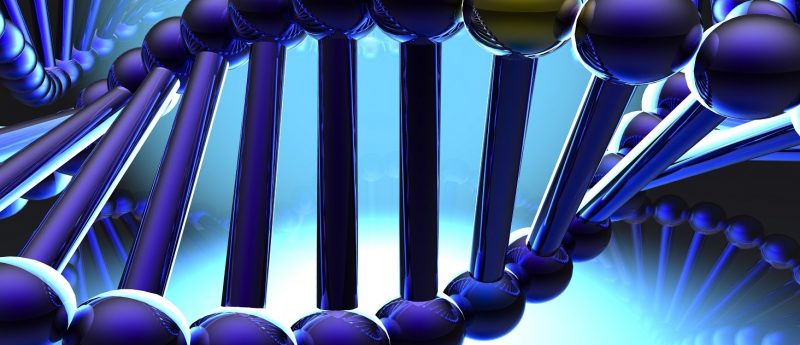Stem cell therapy may be the answer for mitochondrial disease

Researchers at the Salk Institute for Biological Studies (CA, USA) are one step closer to a cure for mitochondrial disease.
Researchers at the Salk Institute for Biological Studies (CA, USA) generated human stem cells in the laboratory, repaired common mitochondrial defects and reported they were able to rescue cell function, bringing a cure for mitochondrial disease closer to becoming a reality.
“Right now, there are no cures for mitochondrial diseases,” explained senior author Juan Carlos Izpisua Belmonte. “Very recently, we’ve developed ways to prevent these diseases, so it was natural to next ask how we could treat them.”
Mitochondrial diseases are caused by any of approximately 200 mutations that affect the genes of mitochondria. Depending on the affected genes and cell types, the diseases can cause muscle weakness, liver disease, diabetes, seizures, developmental delays and vision problems, and can be fatal. Existing therapies aim to ease the symptoms or slow the progression of the diseases, but there is currently no cure.
In the new collaborative study, Belmonte collected skin samples from patients with mitochondrial encephalomyopathy or Leigh Syndrome, severe disorders that affect both the brain and muscles.
The new study corrected the defects with two approaches. In the first one, researchers generated induced pluripotent stem cells from patients, selectively growing them to isolate replacement cells that contain sufficient healthy mitochondria. In therapeutic use, if approved, the cells could then be matured into the needed tissue type, and transplanted back into the patient.
In cases where no healthy mitochondria can be isolated from the patient the team used an alternative approach: somatic cell nuclear transfer or SCNT — a method used to create Dolly the cloned sheep and demonstrated in humans for the first time in 2013 by Shoukhrat Mitalipov (UC San Diego, CA, USA), a lead author of the new study. Similarly to the first approach, the proposed therapy would induce pluripotent stem cells to produce the needed tissue type, and would then be transplanted.
“In either case, the idea is that we have healthy stem cells, and we know how to convert pluripotent stem cells into different cell types,” explained Jun Wu, author of the paper and research associate in Izpisua Belmonte’s laboratory. “They have the potential to give rise to every cell type in the body.”
Scientists have long struggled to understand why different organs and tissues are affected so differently by mitochondrial mutations. By comparing the diseased stem cells with healthy ones and coaxing each to develop into different cell types, researchers will be able study this aspect of mitochondrial disease in more detail.
The methods to create fully functional and mature stem cells and transplant them into patients are still under development; however, eventually researchers will be able to utilize healthy cells to generate heart, brain, muscle or eye cells from the mutation-free stem cells.
Sources: Ma H, Folmes CDL, Wu J et al. Metabolic rescue in pluripotent cells from patients with mtDNA disease. Nature doi:10.1038/nature14546 (2015) (Epub ahead of print); Salk Institute for Biological Studies: http://www.salk.edu/news/pressrelease_details.php?press_id=2098; The San Diego Tribune article: http://www.sandiegouniontribune.com/news/2015/jul/15/mitochondrial-disease-stem-cell/